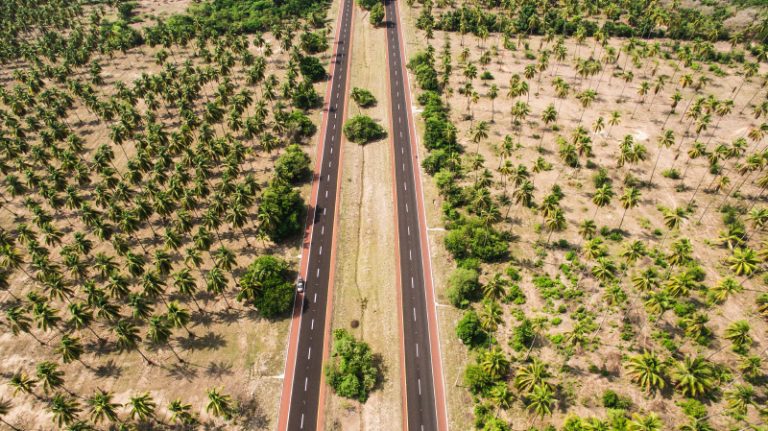
Is Southern California Part of Latin America?
16 May, 2022Stretching from the Mexico border to Santa Clarita, Southern California is home to millions of Latinos. Many have family roots in California going back centuries, while others are relatively new arrivals. But one thing is for certain: Hispanics and Latinos make up 39% of the state population, with the vast majority of them calling the southern part of the state their home.
This had us wondering – given the historical presence of Latinos in the region and their growing population – does Southern California get to say it’s part of Latin America?
What is Latin America?
Generally speaking, every country south of the United States border, down to the horn of South America, is considered part of Latin America. But the designation is only partly geographic. The predominant indicator of a country’s status as Latin American is the dominant language spoken there; Central and South American countries where Latin-based languages are spoken – French, Portuguese, and Spanish – are considered part of Latin America.
Is Southern California Part of Latin America?
While several Romance languages are spoken throughout Southern California – with Spanish being the most popular – the predominant language is English. With this in mind, the answer is no: Southern California is NOT part of Latin America.
But there’s no denying Latin American culture, heritage, and history in the region, as well as demographic projections indicating a majority-Latino population by the mid-21st century. These and other factors help make the case that while Southern California is technically not part of Latin America, it shares enough similarities to count as an honorary member.
History
The First Nations of California – genetic cousins of the Mesoamericans of Central and South America – were nearly driven to extinction by oppressive European settlers. But like their distant relatives to the south, their legacy endures.
For example, some of the finest San Diego resorts and casinos are owned and operated by the descendants of these proud people. While the First Nations tribes of California do not consider themselves Hispanic or Latino, they nonetheless share a common heritage as native peoples who lived in these lands long before the first white settlers. It’s yet another testament to the legacy of Latin American history and heritage in Southern California.
Culture
From art to food to music, the Latin American influence on Southern California culture is felt everywhere. Given the fact Spain and Mexico once controlled this region, it’s no surprise. But considering how for centuries after, there was a determined effort to erase these cultural traditions in favor of those of a more Anglo-Saxon persuasion, the fact they endure is a miracle of humanity.
Heritage
La Jolla, San Diego, Los Angeles, Santa Monica, San Miguel, Santa Clarita – what do all these names have in common? Of course, they’re Spanish, and practically every river, mountain, town, lake, and forest in Southern California were given a Spanish name. That’s because the Spanish were the first European explorers in the region, giving them what you could consider exclusive naming rights.
But the Spanish were not the first people to call Southern California home. The First Nations of California had them beat by a few thousand years. As such, many place names are Native American in origin. Examples include Azusa, Cahuenga, Malibu, Tehachapi, and Toluca Lake.
This doesn’t make Southern California a part of Latin America. But it reminds us of the people – Native, Spanish, and the inevitable mix of both we came to know as Hispanic, that lived and thrived in these lands long before the days of Hollywood and Disneyland. They’re gone, but the names they left behind are not forgotten.
Future
While Southern California may never count as part of Latin America, it’s safe to say the Latino population of California will be the majority by the end of the century. Current projections have California’s Hispanic and Latino population reaching 47.6% in 2050. While that’s not enough to claim a majority, the trend will continue into the 2060s and beyond.
While technical definitions of Latin America are unlikely to include Southern California, that doesn’t mean there isn’t a part of Latin America in SoCal. In fact, you could easily argue that Latin American history, heritage, culture, and legacy in Southern California far outweigh those brought by other peoples. It’s a link that cannot be denied and should always be cherished.
Follow Sounds and Colours: Facebook / Twitter / Instagram / Mixcloud / Soundcloud / Bandcamp
Subscribe to the Sounds and Colours Newsletter for regular updates, news and competitions bringing the best of Latin American culture direct to your Inbox.

